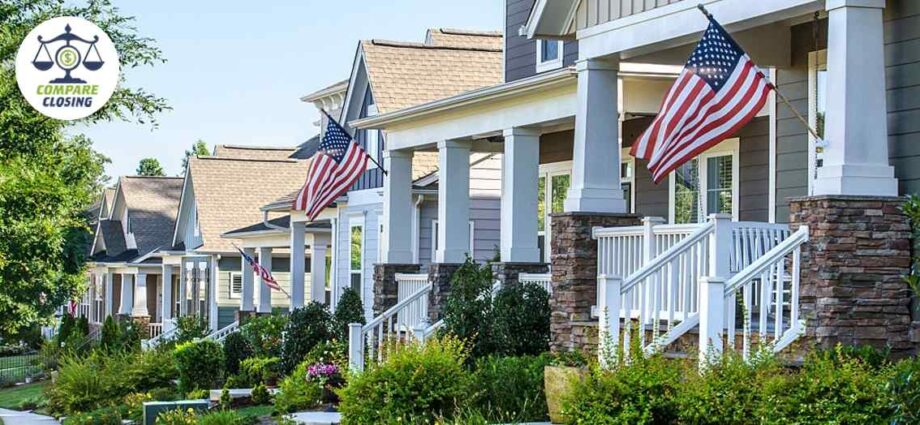Warning: Undefined variable $custom_content in /home4/comcompare/public_html/mortgagenews/wp-content/plugins/code-snippets/php/snippet-ops.php(582) : eval()'d code on line 7
Last updated on February 3rd, 2021 at 11:21 am
The National Association of Home Builders (NAHB) Index is based on a monthly survey of members, this index is designed to measure sentiment for the U.S. single-family housing market and is a widely watched gauge of the outlook for the U.S. housing sector.
Since housing is a large investment, housing market indices help to monitor the overall health of the economy.
All three sub-indices of the National Association Of Home Builders hit record highs in September.
The measurement of present single-family sales rose, future single-family sales gauge moved higher, and traffic of prospective buyers increased.
While the homebuyer sentiment fell. With the lumber prices going up more than 170% since April, it is currently adding more than $16,000 to the cost of an average home.
Home-ownership in America has been in decline and demographics are not supportive of higher prices.
It is difficult to ignore the fact that when people “double-up” fewer homes are needed, this adds credence to the argument that if prices rise it most likely will be due to inflation and not because of the sales of new homes as advertised.
There is a lot of discrepancies in regards to the cost of housing in the various markets across America and while price variations are not uncommon they should be seen as a red flag and reason for caution.
Roughly 80% of new apartment construction is for the high-end luxury market. The government policies avoid the lower-income people and so the government holds huge responsibility for a rising share of our housing problems.
Government housing picks the best of the low-income renters providing them with very low rents and nice apartments and leaves the rest on the private sector.
And in the private sector the landlords are not wanting to service this challenging sector!
We constantly hear about the need for more “affordable housing” and are being told this means increasing the supply by building more units.
Unfortunately, this is unlikely to make housing affordable.
Ultimately the higher cost for taxes, local fees, utilities, insurance, maintenance cost, general labor, and just about everything flows into the housing market.
The market has responded to the housing needs of higher-income households and ignored to supply housing that is affordable for middle and working-class people.
There is a huge unhealthy disparity in high-end rents versus low-end rents across the country and with building cost being similar between constructing high-end versus low-income units.
The developers have little interest in dealing with the low end of the market.
Many economists use, housing stats as an indicator of the health of the economy but such numbers are only a small part of the larger picture.
This number reflects many things other than just the number of new houses under construction or started in a given period.
The data is generally divided into three categories: single-family houses, townhouses or small condos, and apartment buildings with five or more units.
Still more important than just the number of units being built and the type is who is buying these units and why?
While people talk about the cost of buying a home, more attention should be directed towards the ability of the buyer to maintain the home after they purchase it.
Even with low-interest rates by the time the rising real estate taxes and other fees are added the new homes become expensive.
Another issue is the constructions are also not up to the mark, while code enforcement has increased, many of the items used in new construction are not up to the standard.
Whether replacing a door after just a few years or windows, it seems everything is expensive and nothing matches the original design.
While many people claim the formation of new households and pent-up demand drives this construction, but it the rich who are into buying spree, not the average American.
When inflation goes up and also will the interest rates increase, housing construction will suffer.


